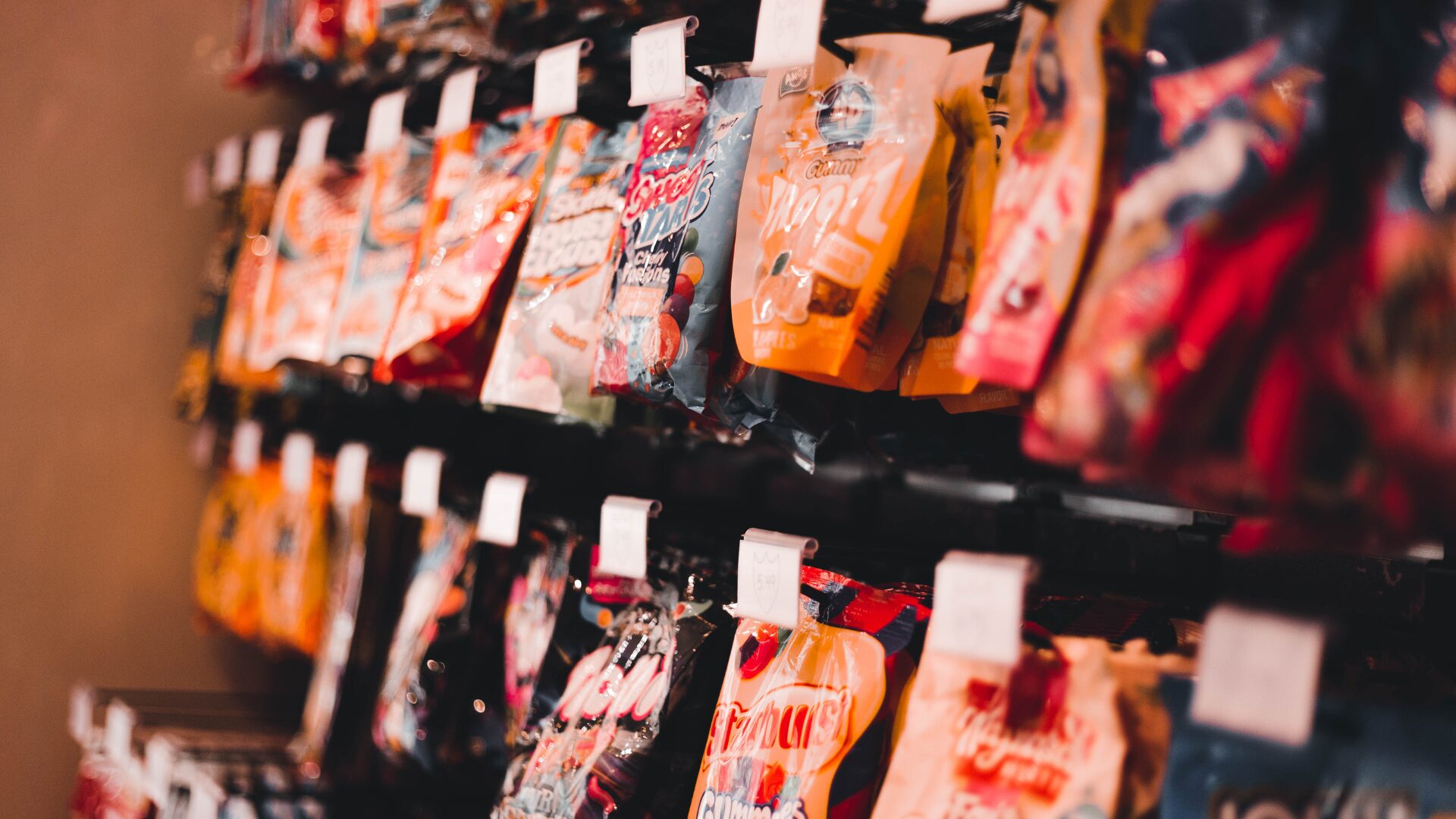Sales of chocolate and candy increased during the pandemic as consumers look for products to boost their mood and lighten perspectives, according to data from the National Confectioners Association (NCA).
Overall sales of chocolate and candy grew 3.8% with chocolate, up 5.5%, and premium chocolate, up 12.5%, outpacing the rest of the category.
The grocery channel has been a key driver for chocolate and candy sales as consumer behaviors continue to evolve and more consumers shop at grocery stores. In the grocery channel alone, chocolate and candy sales are up 16.6% with chocolate, premium chocolate, and non-chocolate all performing well—up 17.9%, 21.4%, and 13.5% respectively.
The packages popular during Halloween, such as multi-pack bags with individually wrapped “fun size” candies, have sold well during pandemic pantry-stocking, according to Christopher Gindlesperger, SVP of public affairs and communications for the NCA.
For instance, Mondelez International raised its quarterly dividend by 11% after strong demand for items such as chocolate in North America offset sales declines in all other businesses, reported Reuters (July 28).
“The category is very resilient in this COVID-19 environment in that people are looking for simple pleasures and a little escape and enjoyment in their day to day,” Gindlesperger said.
While Halloween might look a little different this year, confectionery brands are still making the best of it—and starting early.
Hershey partnered with retailers to stock big bags of Halloween candy and set up merchandise earlier in the summer, according to Phil Stanley, Hershey’s global chief sales officer, reported CNN (Aug. 10).
“More stores have started Halloween displays earlier—most have moved up their displays two to four weeks earlier” than the typical mid-August and early September arrival, Stanley said, adding that setting up displays and aisles faster can lead to increased sales.
One of the earliest retail moves comes Safeway parent Albertsons where a towering candy display featuring pictures of the M&M’s mascots in Halloween costumes as well as boxes filled with large bags of Mars Wrigley and Hershey candies was seen along the front aisle of a Bay Area Safeway store the first week of August.
However, Target, Walmart, and Walgreens told CNN that they would be sticking with the usual late-summer, early-fall Halloween candy stocking.
Hershey is also limiting the “seasonally dressed” offerings and manufacturing more candy in everyday packaging, according to Stanley. More than 55% of Halloween candy is purchased as “treats for me” and for the home and office candy bowls versus solely for the purpose of supplying trick-or-treaters.
Another NCA survey found that 74% of Millennial moms and young parents said Halloween is more important than ever this year. While the survey found that fewer people plan to hand out candy, Americans still plan to purchase Halloween candy as they have in years past.
For those choosing to stay at home, Mars Wrigley launched Treat Town, an app-based digital experience for families to virtually trick or treat for real candy.
Launching Oct. 1 at midnight, the app allows consumers to create personalized avatars, customized Halloween decorations for an in-app door, and the ability to “knock” on the doors of friends and family across the country.
Participants will earn candy credits in the app that can be redeemed for real Mars Wrigley products through national retail partners, online and/or in-store. Users can visit www.Treat-Town.com to sign up.
“The virtual Mars Wrigley Treat Town Halloween experience demonstrates how we’re reinventing our business to bring better moments and more smiles to consumers,” said Anton Vincent, president of Mars Wrigley North America. “Our Mars Wrigley team pivoted quickly to save the traditions and celebrations of Halloween.”












